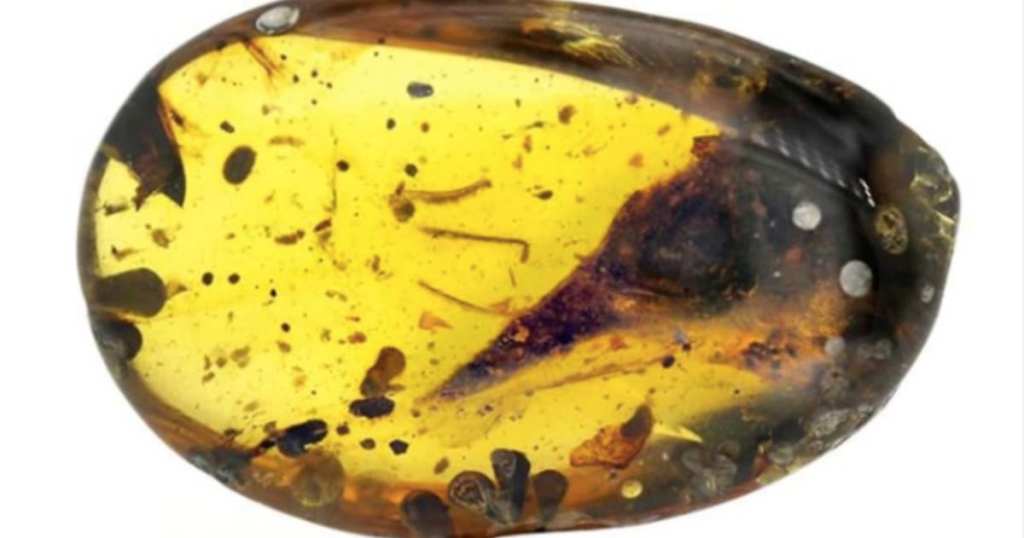Trending Now
After hundreds of millions of years, people just can’t get enough of dinosaurs.
I’m not sure what it is about these creatures who roamed an earth devoid of people and died a horrible mass death, but kids, adults, scientists, and everyone else just seem to love everything to do with them.
Which is perhaps why this teeny, tiny skull encased in amber is so freaking fascinating.
https://www.instagram.com/p/B9o2kQ1nYpT/
Scientists discovered the skull of the bird-like dinosaur in a lump of 99-million-year-old amber in northern Myanmar, meaning that the tiny creature lived during the Mesozoic – a period when giant dinosaurs like brachiosaurus, stegosaurus, and allosaurus all evolved. It’s only 7.1mm long (2.25 inches), making it the smallest bird in existence.
It’s rare to find small fossils because layers of silt and rock typically destroy the delicate tissue, but amber preserves them intact (Jurassic Park definitely got that part right).
https://www.instagram.com/p/B-Eztlnnm1e/
The paleontologists at the Institute of Vertebrate Paleontology and Paleoanthropology in Beijing, who discovered the specimen, wrote that because the jaws contained more than 100 teeth, the small bird was likely a predator. Unlike others, though, its eye sockets rested on the sides of its face and it had small pupils, indicating it likely hunted during the day and didn’t have the depth perception of larger predators.
Researchers are calling the specimen Oculudentavis khaungraae because of its defining eyes and teeth, and for it being discovered in amber.
Jingmai O’Connor, lead on the dig, says he’s happy to bring to light more facts about the tiniest dinosaurs in existence, since “people focus on how big dinosaurs were,” and believes amber is the best way to find them.
“When you have an animal preserved in amber, it looks like it just died yesterday.
All of the soft tissue in place, trapped in this little window into an ancient time.”
The full study of the tiny bird-dinosaur are publishing in the science journal Nature, but O’Connor knows this is just the tip of the iceberg.
https://www.instagram.com/p/B9pmDyVgcVO/
From O’Connor:
“This paper is just scratching the surface of the information preserved.
Is the skull petrified or is it the original material unaltered, preserved in the amber? Mummified, if you will?
What color was it, and can we use isotopes to figure out exactly what it ate; can we reconstruct the brain better?
We need the young, tech-savvy generation to develop new methods for extracting data from amber specimens in a non-destructive manner to get at these questions.”
Did you hear that, Post-Millennials?
We know you love dinosaurs as much as the rest of us do, so get on it!






